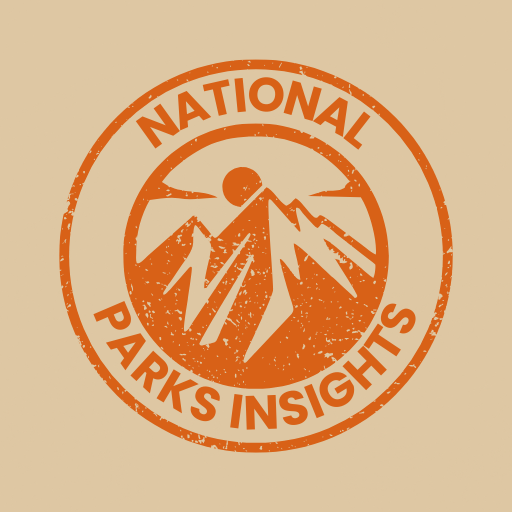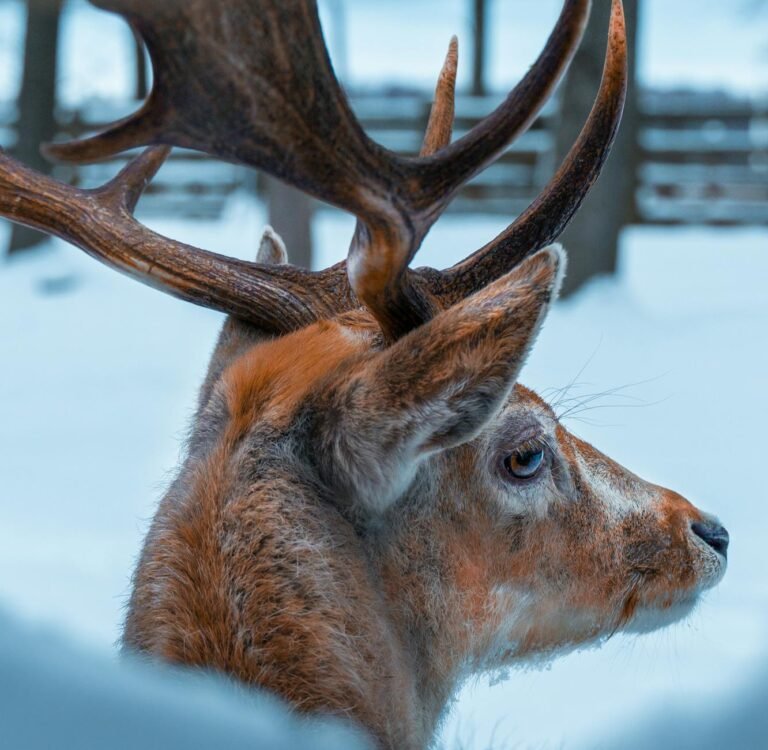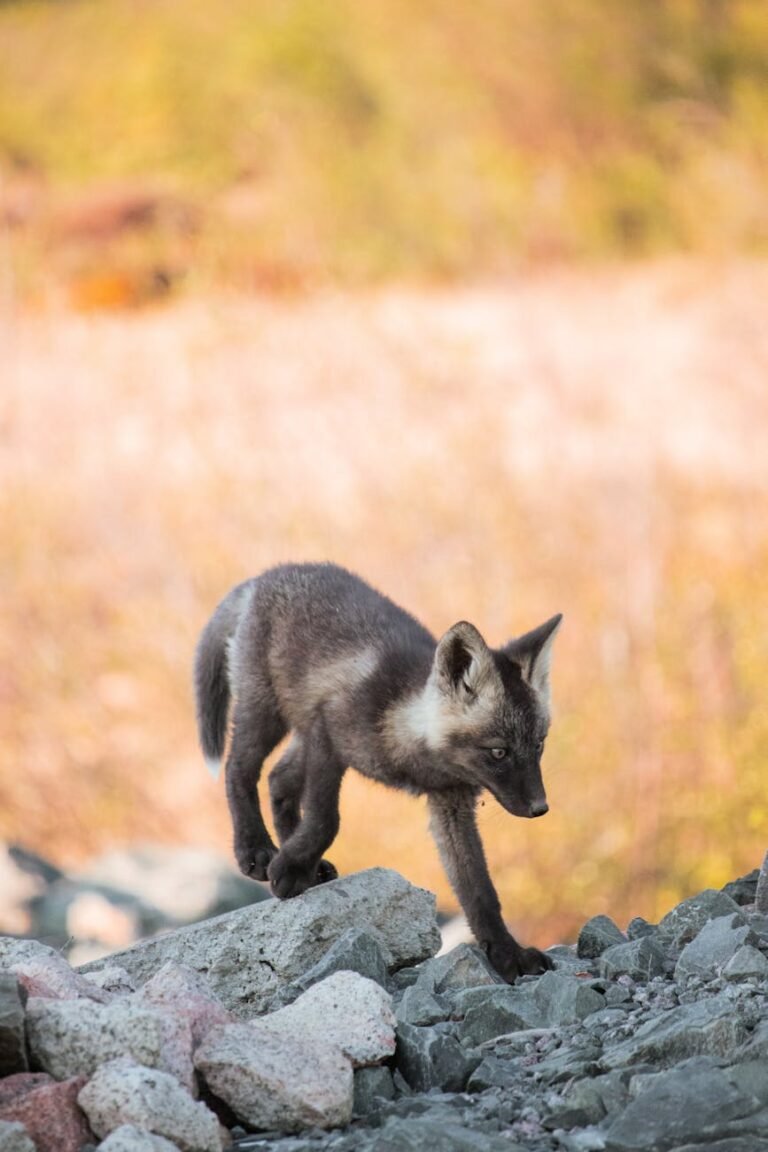Exploring Gates of the Arctic National Park Map
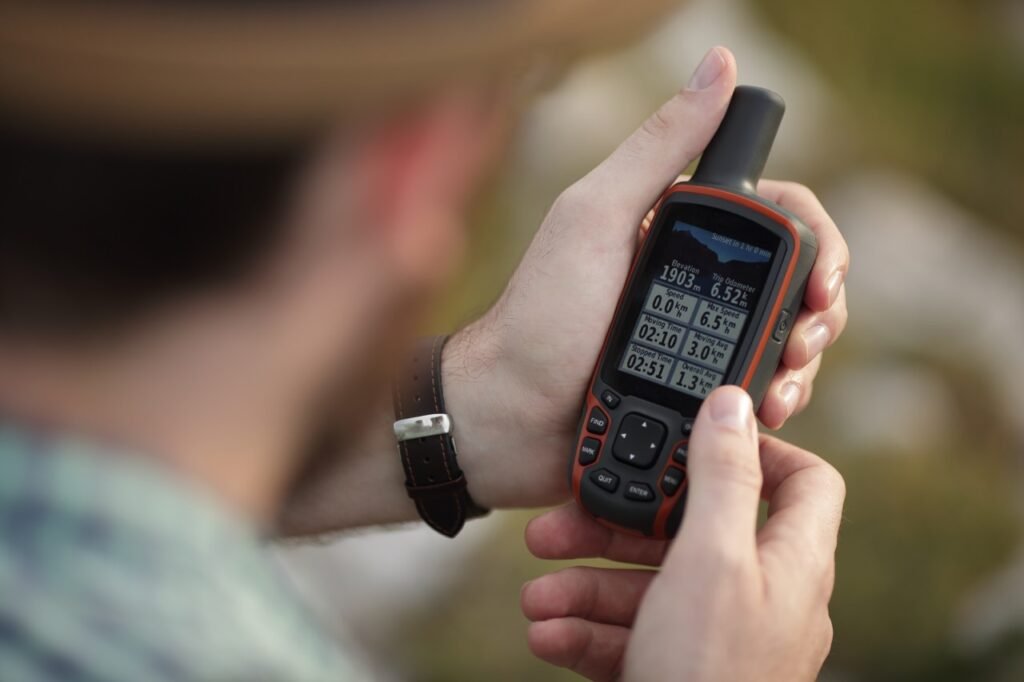
Unraveling a Remote Wilderness
Gates of the Arctic National Park is like nothing you’ve seen before—wild, untouched, and packed full of adventure possibilities. If you’re itching for a real escape into nature, this Alaskan gem, with its pure, raw beauty free of standard trails and tourist signs, is right up your alley (National Park Service).
Once you jump into this remote wonderland, it’s all about going back to basics. Forget manicured paths and signposts—here you rely on your own savvy and gear. The thrill of trekking through unmarked territory is a chance for true wilderness exploration and a real test of your outdoor skills.
To get you ready for this wild ride, don’t forget these crucial items:
- Topographic maps
- A trusty compass
- A GPS unit (think of it as your backup buddy)
Armed with these, you’re set to tackle the park’s massive and varied landscapes without losing your way. For more tips on getting geared up, hop over to our guide on visiting Gates of the Arctic National Park.
Because it’s tucked away in a remote spot, reaching Gates of the Arctic means going the backcountry route. Expect rough conditions and pack for total self-reliance. Detailed route maps aren’t handed out, preserving the wild vibe and letting you form your own connection with this untouched land.
Without paved roads or cozy campsites, the park staff become your go-to folks for planning. They’ll arm you with crucial intel and pointers so you’re ready to dive in and tackle the trails confidently. To know more about the park’s highlights, check out our section on notable geographical features and how to preserve this wild wonderland.
| Must-Have Gear for Gates of the Arctic Adventurers |
|---|
| Topographic Maps |
| Compass |
| GPS Unit (Optional) |
Taking on the challenges and savoring the rewards of this far-off wilderness, you’ll truly grasp what Gates of the Arctic National Park is all about. As you make your way through these pristine surroundings, you’ll be hit by a real sense of peace and a new-found love for the natural world. Dive further into the fun by checking out our guide on things to do in Gates of the Arctic National Park.
Wildlife and Landscapes
Venture into Gates of the Arctic National Park, and you’re diving headfirst into a wild paradise. It’s a chance to see nature at its purest, where wildlife and jaw-dropping views steal the show.
Biodiversity in Central Brooks Range
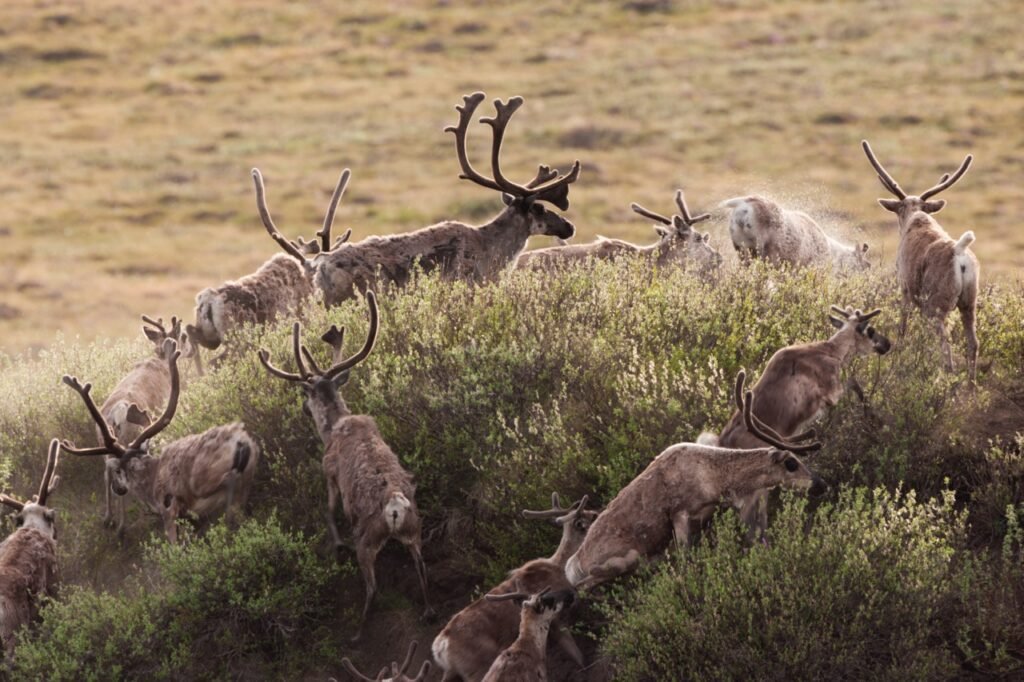
The Central Brooks Range, sitting pretty inside Gates of the Arctic National Park, comes alive in the summer. This time of year’s a buffet of life, with insects buzzing, plants doing their thing, and an all-you-can-eat buffet for animals. If birds are your jam, you’ll have plenty to tweet about with the varied species flitting around. And if you’re more of a large-animal person, keep your eyes peeled for caribou, bears, and cute little critters scurrying about.
But come winter, it’s like flipping the script. The freeze sends lots of birds packing to warmer digs. Still, tough guys like the Ptarmigan, rocking feathered snow shoes, stick it out through the chill (National Park Service).
| Season | Wildlife Activity |
|---|---|
| Summer | Bugs everywhere, plants thriving, caribou on the move, birds galore, bears and smaller mammals around |
| Winter | Birds hit the road, ptarmigan hang tough, less animal action |
Check out more on the park’s critters in our detailed guide.
Scenic Wonders of the Park
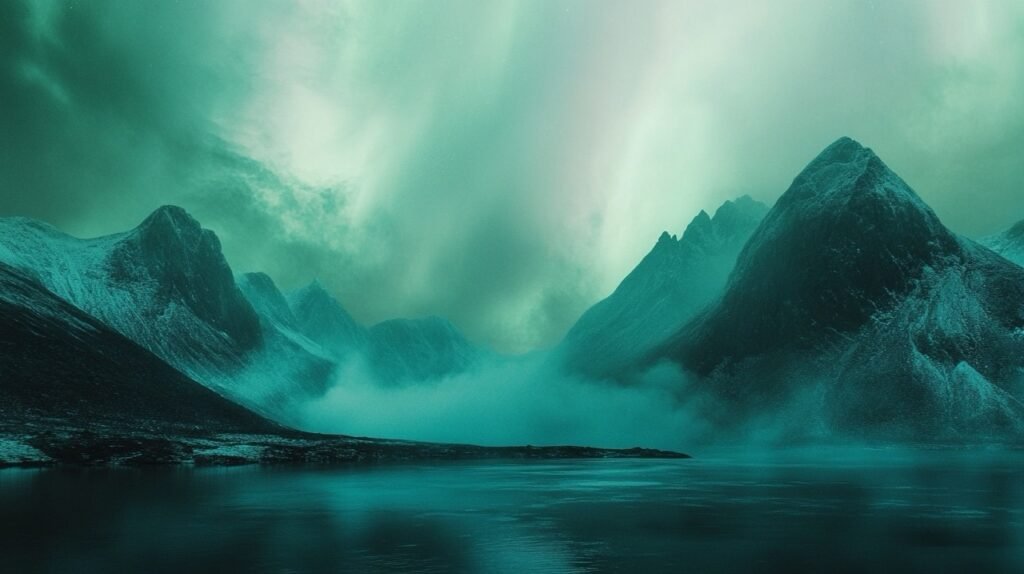
Gates of the Arctic is like the ultimate postcard come to life. Picture this: icy valleys, rivers that have no chill, and mountains so tall they look like they’re high-fiving the sky. Ain’t no roads here, my friend – you’re in the wild for real (National Park Service).
You’ll get to know rivers like the Alatna, John, and Kobuk, all famous in the river world. Plus, those long summer days roll right into magical nights painted with the dancing aurora come winter (National Park Service).
| Feature | Description |
|---|---|
| Rivers | Alatna, John, Kobuk, Noatak, North Fork of the Koyukuk, Tinayguk |
| Landscapes | Peaks that pierce the clouds, icy valleys, thick forests, and open tundra |
| Wildlife | Caribou herds, moose, Dall sheep, wolverines, wolves, grizzlies, black bears |
Get the scoop on travel routes and more wonders in our travel guide.
Packed with eye-popping scenes and critter encounters, Gates of the Arctic serves up an adventure like no other. Gear up for views that’ll drop your jaw and wildlife that’ll make you double take. For visit tips and must-dos, swing by things to do in gates of the arctic national park.
Accessing the Park
Getting to Gates of the Arctic National Park ain’t just a walk in the park—it’s an adventure all its own! You’ll need a mix of bravery and planning, since conveniences are scarce and the rugged beauty is untouched by infrastructure.
Remote Backcountry Challenges

Heading into the wilds of Gates of the Arctic will test even the savviest of explorers. With its “leave-no-trail” philosophy, getting around is anything but a breeze.
- Nature doesn’t exactly roll out a red carpet.
- Overgrown thickets.
- Uneven tussocks.
- Soggy, slippery grounds.
- Frequent water dances with streams and rivers.
Taking on Mother Nature at her wildest, seven clicks in a day feels like a small victory (National Park Service). Stick to the sturdy ridges or creek beds for better footing, but be ready for wading through water, especially when spring sends streams surging.
| Challenge | What You’re Up Against |
|---|---|
| Dense Vegetation | Thick plant life that’ll slow you down. |
| Tussocks | Lumpy, bouncy grass that keeps you on your toes. |
| Boggy Ground | Mushy, wet terrain that sticks to your boots. |
| Stream and River Crossings | A continuous test, even trickier with spring floods. |
Transportation Options
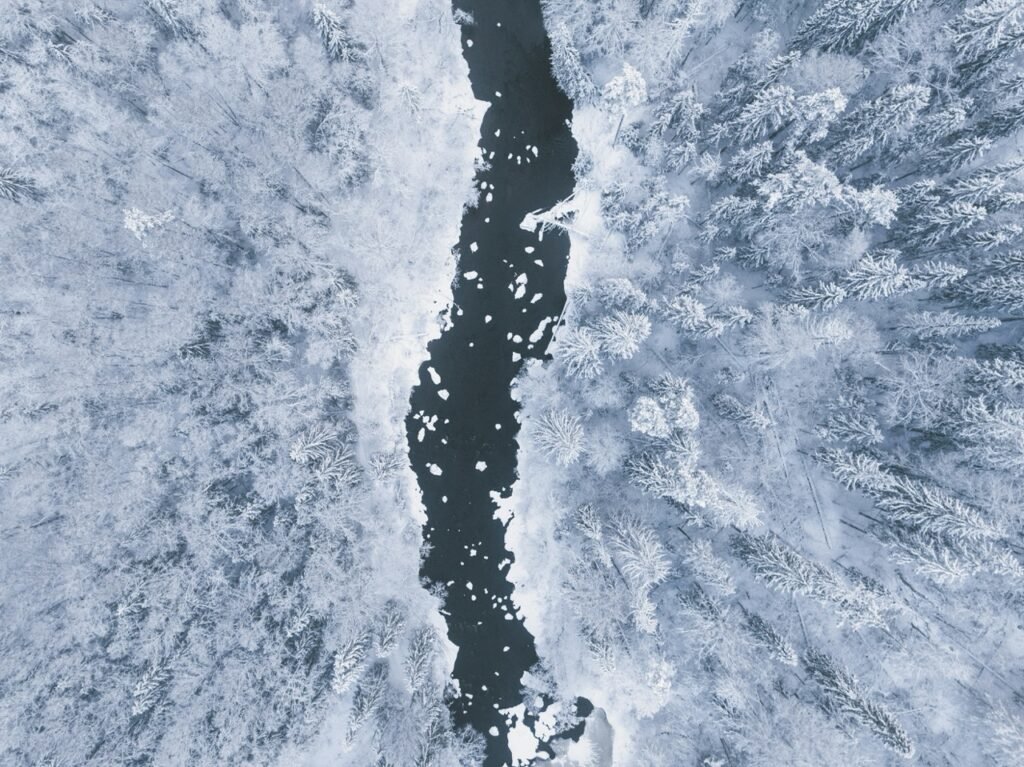
Getting to this wild wonder demands a knack for creativity, as usual routes are off the map. High-flying is often your best bet:
- Air Taxis
Planes are likely your chariot to the untouched. Air taxis are the unsung heroes carrying folks to and from nature’s hideout. Weather reads the rules, so cushion your itinerary with ‘weather days’ (National Park Service). Peek at arctic national park accommodations for more nitty-gritty on getting around. - Dalton Highway
If you’re feeling brave, the Dalton Highway offers limited access. Just a heads up, private and native lands can make this route tricky. Hike where the landscape switches from forest paths to tundra.
Knowing these hurdles and options means you’re a step ahead for a journey into pure wilderness majesty. Don’t leave without scrolling through our arctic national park travel guide for pro tips and nuggets of info.
Trip Planning Tips
Planning your trip to Gates of the Arctic National Park requires a solid game plan, a bit of wisdom about the wilderness, and a sprinkle of courage. Let’s get you geared up with some tips on what equipment to pack and how to plan your route, ensuring your adventure is nothing short of epic.
Essential Gear and Equipment
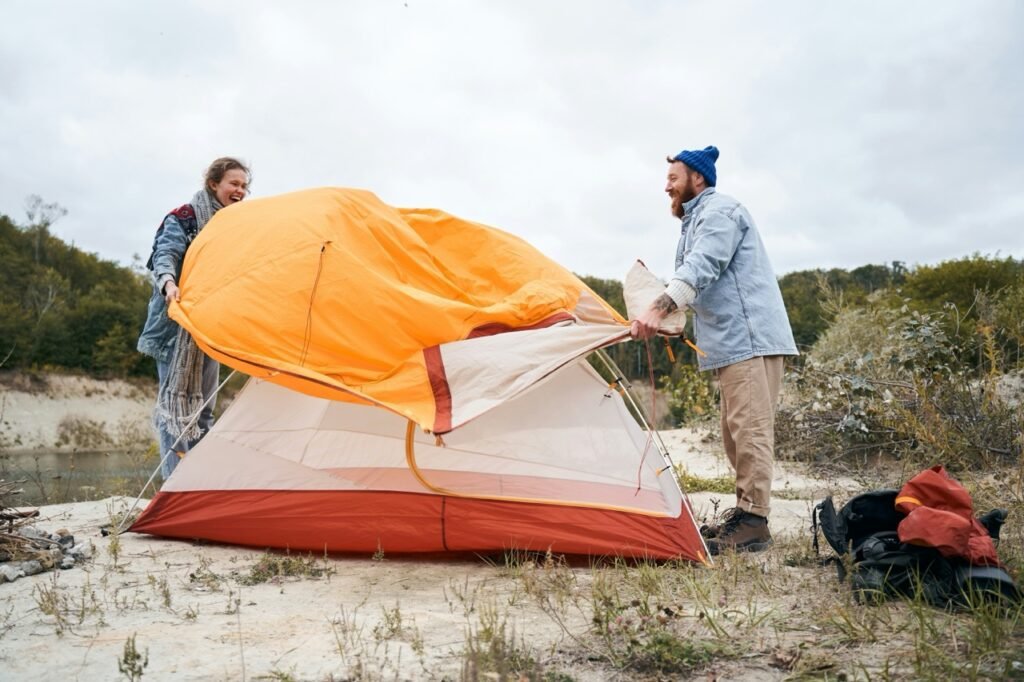
Tackling the park’s wild terrain and capricious weather demands you come prepared with the right gear. Here’s a rundown on what you shouldn’t leave home without:
- Maps and Compass: Forget Google Maps; this is old-school navigation. A trusty topographic map paired with a compass—and if you fancy, a GPS—will save your bacon.
- Right Threads: The weather changes like a teen’s mood. Dress in layers: a waterproof jacket and those nifty moisture-wicking things for base layers.
- Home Sweet Tent: Your tent is your fortress. Make sure it’s tough enough to weather the storms. A sleeping bag that fends off Arctic chills is a lifesaver.
- Nosh and H2O Supplies: Pack enough grub to last and then some. Water purification is a must; natural resources might have some unwanted funk.
- First Aid Kit: Patch-up box essentials: bandages, antiseptics, aspirin, and your personal meds. Like having a mini-hospital at your disposal.
- Bear Safety Bling: Bears are cool in documentaries—not so much face-to-face. Get those bear-proof containers and some bear spray.
Here’s a cheat sheet for your trip:
| Essential Gear | Recommendations |
|---|---|
| Maps & Compass | Topographic maps, compass, GPS unit |
| Clothing | Waterproof jacket, moisture-wicking layers |
| Shelter | Weather-smart tent, cold-proof sleeping bag |
| Food & Water | Emergency grub, water filtering methods |
| First Aid Kit | Bandages, antiseptics, personal meds |
| Bear Safety | Food lockers, bear deterrent spray |
Route Planning and Safety Measures
Plotting your course across Gates of the Arctic is for the brave—it’s all you, no trails, no limits.
- Map it Right: Trust the map, not just your fancy gadgets. A GPS is handy, but don’t bet your life on it.
- Daily Mileage: Aim for about six miles a day—this ain’t a race—with the thorny bushes and all. Mother Nature throws in some river crossings for kicks (NPS.gov).
- Wet n’ Wild Crossings: Rivers are plenty, especially when spring wakes the waters. Tread carefully.
- Think Heights: Easiest walkin’ spots? Up above the trees or along streambeds with low water.
- Weather Woes: Rain or shine, be ready for plot twists. Flights in and out might play hard to get.
Safety smarts for your trek:
- Tell a Pal: Share your plan, your trail, and your ETA with someone you trust.
- Stay in Touch: A satellite phone or emergency beacon is your lifeline.
- Respect Wildlife: Give furry residents their space and store food like it’s a secret stash (NPS.gov).
- Buddy System: Two (or more) is better than one in the boonies.
- Trail-Free Travel: Tread lightly. Follow those ‘Leave No Trace’ rules to keep the wild wild.
Being ready is your ticket to a safe and awesome peek into the remote backcountry of Gates of the Arctic. With your trusty gear and a clear plan, you’ll soak up the raw beauty that this untouched wilderness offers. Curious about more park tidbits? Check out our dive into wilderness preservation and geographical attributes.
Park Features and Designation
Wilderness Preservation
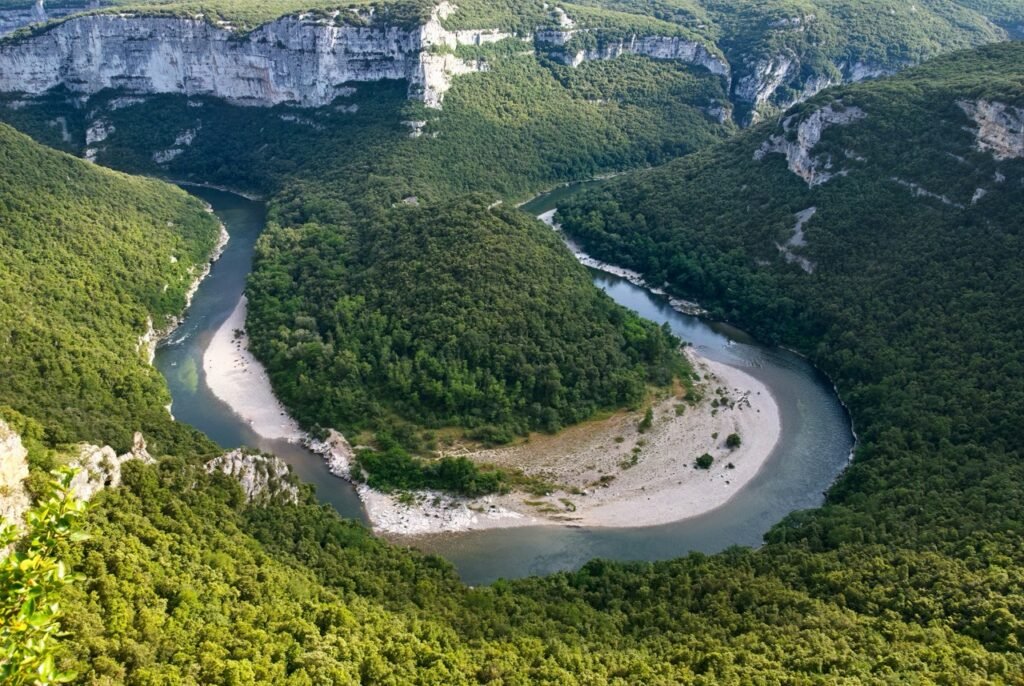
Gates of the Arctic National Park is like a colossal time capsule, offering a peek into the raw, untamed world as it might have looked centuries ago. It’s seriously huge—imagine 8.4 million acres of untouched land, ranking it as the United States’ second-largest park, right after the sprawling Wrangell–St. Elias (Wikipedia). Congress wants this place to stay mostly rugged and wild, packed with all kinds of plants and critters.
Because of this dedication to keeping things super real, you won’t find any fancy trails, signs, or comfy visitor hubs here. It’s all about relying on your wild instincts and gear, making it a playground for those yearning for the real deal in nature experiences. Think of it as a paradise for modern-day explorers who cherish solitude and the beauty of nature.
| Park Feature | Description |
|---|---|
| Area | 8,472,506 acres (34,287 km²) |
| Wilderness Status | Congress called it a “Primitive” area |
| Infrastructure | No trails, signs, or permanent visitor facilities |
| Designation Year | Became a National Natural Landmark in 1968 |
Notable Geographical Features
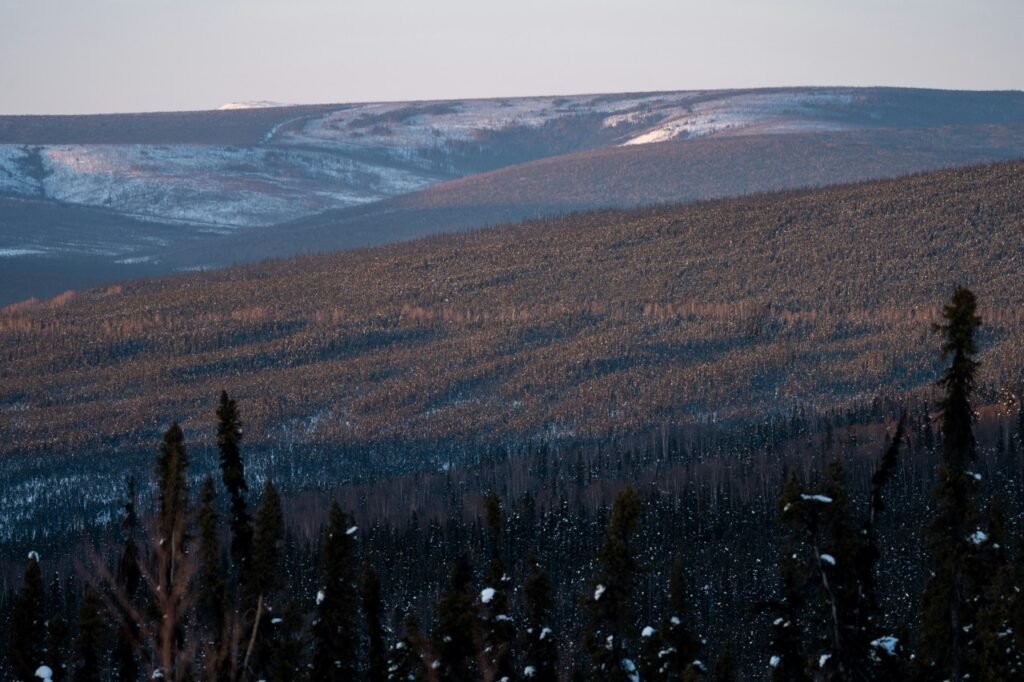
Gates of the Arctic stands out with landscapes that’ll knock your boots off. Imagine sky-high peaks, valleys shaped by glaciers, and rivers and lakes that could make a poet’s heart swoon. The Arrigetch Peaks and Walker Lake proudly wear the badge of National Natural Landmarks, thanks to their jaw-dropping geological and biological brilliance (National Park Service).
Here’s where it gets thrilling: six wild rivers snake through this park, each an exciting frontier waiting to be discovered:
- Alatna River
- John River
- Kobuk River
- Noatak River
- North Fork of the Koyukuk River
- Tinayguk River
With surroundings that change from sparse black spruce forests to boreal woods and arctic tundra, the park is a buffet for wildlife enthusiasts. Prepare to share the land with the Western Arctic caribou herd, moose, Dall sheep, wolverines, wolves, and both grizzly and black bears.
Curious about the park’s wild residents? Dive into our detailed arctic national park wildlife page. If planning an adventure here is on your bucket list, our arctic national park travel guide should be your go-to manual.
| Geographical Feature | Description |
|---|---|
| Arrigetch Peaks | A National Natural Landmark, lauded for its geological wonders |
| Walker Lake | Sparkling as a National Natural Landmark; famous for its pure water and vital biological spots |
| Wild Rivers | The list of rivers includes Alatna, John, Kobuk, Noatak, North Fork of the Koyukuk, and Tinayguk with views for days |
All these gems make Gates of the Arctic National Park a place unlike any other, perfect for those who thrive on exploring the raw wilderness. To uncover even more captivating nuggets, swing by our hub on gates of the arctic national park facts.
Fun Facts and Visitor Information
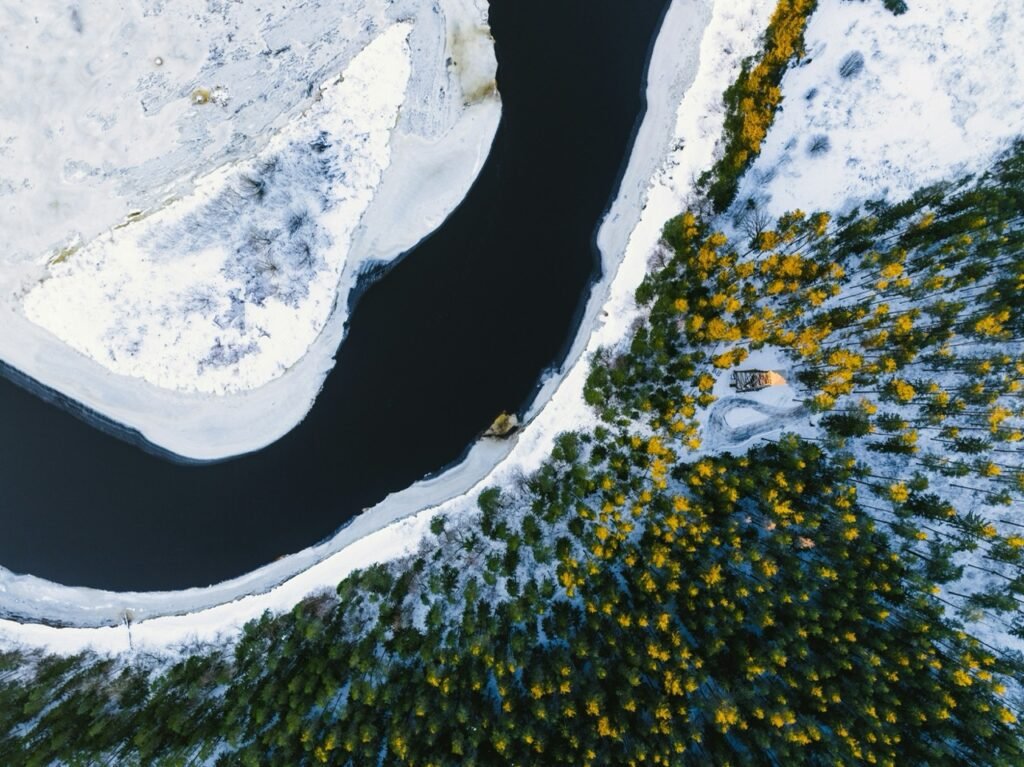
Park Trivia and Statistics
Gates of the Arctic National Park ain’t your average park—it’s a wild spot full o’ surprises and quirky facts waiting to be explored.
Visitor Statistics:
- Don’t expect crowds like Disney World—this place saw just 7,362 recreation visitors in 2021, making it the least visited national park in the U.S. In comparison, the Grand Canyon, a rock star of a park, welcomed around 4.5 million folks that same year.
Fun Facts:
- Sprawling across more than 8.4 million acres, it’s big enough to lose your woes and then some, second only to the super-sized Wrangell-St. Elias National Park in Alaska.
- No roads or trails here, just you and the wild. Put your hiking boots aside and channel your inner explorer.
- This place hosts six Wild and Scenic Rivers—perfect for those craving a serene float.
- Looking up at the Brooks Range, with peaks shooting past 8,000 feet, will leave you with a serious case of neck strain—but it’s worth it.
Park Trivia:
- Gates of the Arctic is in on the Marine Fishes of the Pacific NW Coast project. It’s a cross-border operation including British Columbia, Alaska, Washington, and Oregon.
- The park is all about Milkweeds of the National Park Service, though not exactly a page-turner, it’s part of their conservation efforts.
Project Involvements:
- Park rangers double as CSI detectives, snagging GPS collars from critters to figure out their hangouts and habits.
Visitor Experience and Recommendations
If you’re brave enough to step into Gates of the Arctic, you’re in for a raw adventure. Here’s what you’ve gotta know to hit the ground running:
Essential Gear:
- GPS Device: This territory isn’t marked like Grandpa’s farm, so a trusty GPS is your best pal.
- Bear-Proof Food Boxes: Keep your snacks safe from the curious critters sizing up your camp.
- Dress Smart: The weather has a mind of its own. Give the Gates of the Arctic National Park weather a look before you head out.
Transportation Options:
- Most folks hitch a ride via bush plane—talk about a VIP experience! Local operators can give you that authentic Alaskan intro.
- Float Trips: Drift along those Wild and Scenic Rivers, but don’t forget the rule book and your life jacket.
Activities:
- Backpacking: You’ve got the freedom to blaze your own trail here—no lines to follow, just the call of the wild.
- Wildlife Watching: Caribou, grizzlies, and wolverines, oh my! Keep your eyes peeled for these majestic creatures going about their day.
Pro Tips:
- Leave breadcrumbs? Nope. File a trip plan and let a buddy know your game plan.
- Dive into local culture. Pick up tidbits about the traditional lifestyles that are alive and kicking in the Brooks Range.
For more things to do in the park, arctic national park tours, and accommodations, be sure to peek at our travel guide. Dare to embrace the wilderness and let the untouched beauty of Gates of the Arctic take your breath away.
